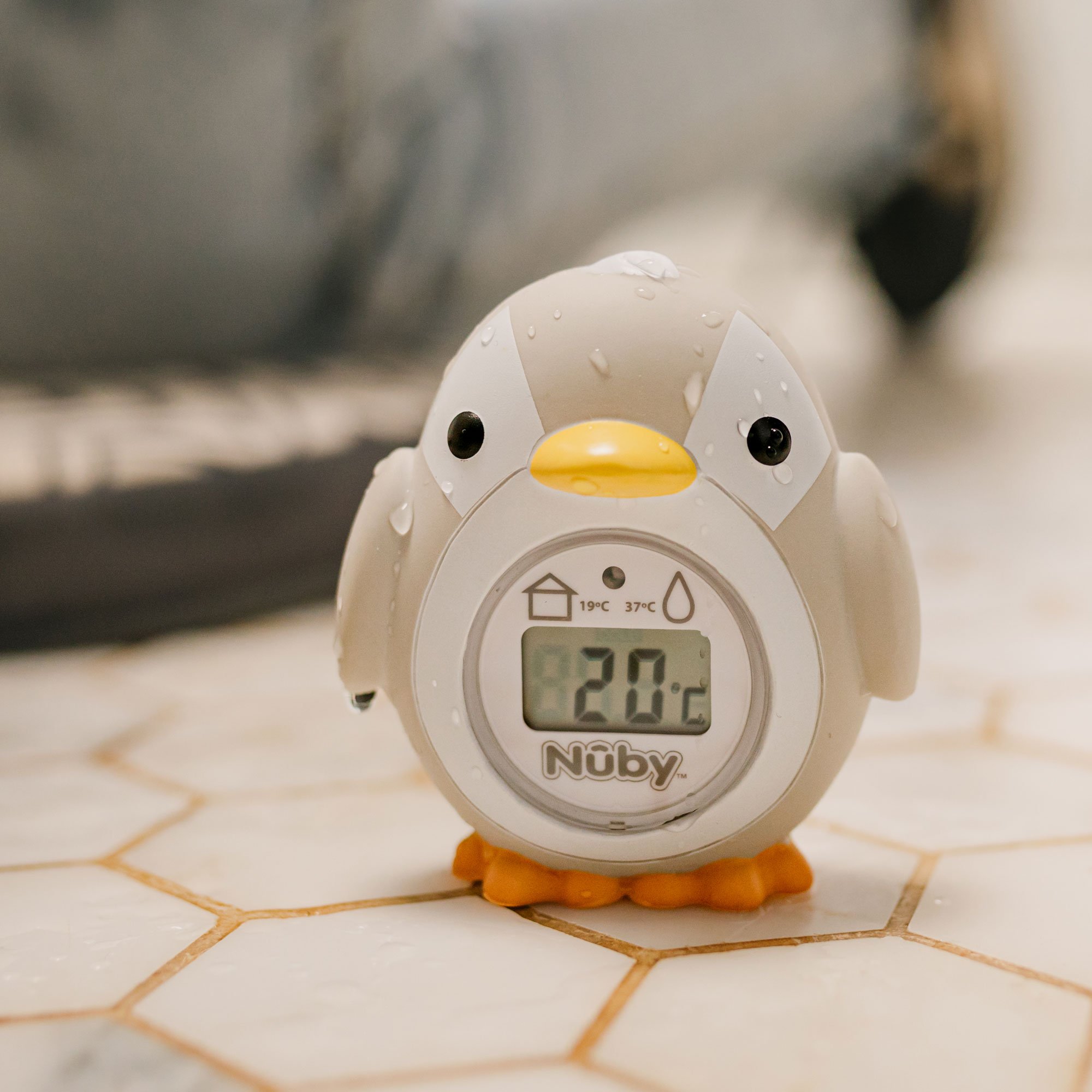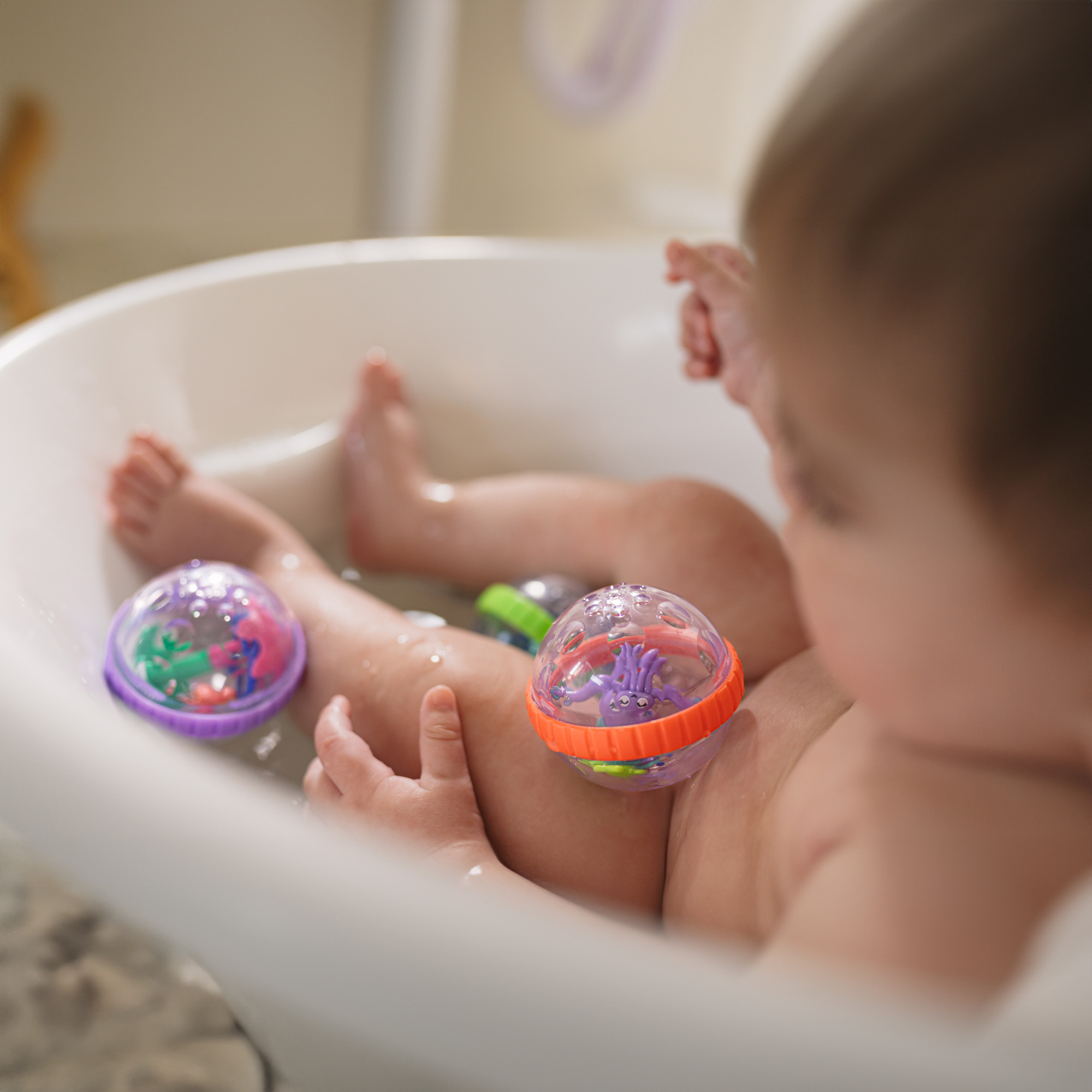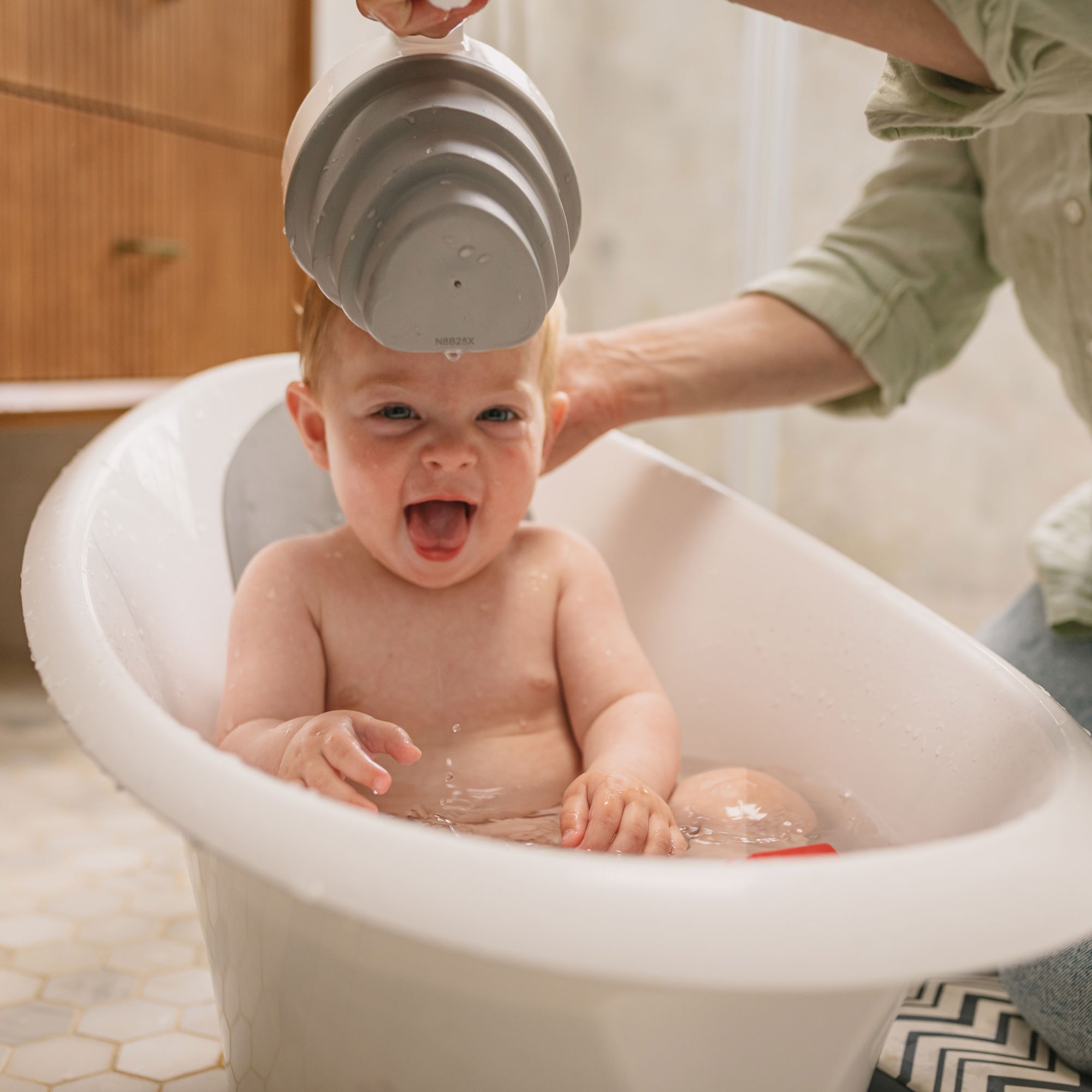A Complete Guide to Bathing Your Newborn: Tips for Safe and Gentle Care
Bathing a newborn can be quite overwhelming for parents. But with some preparation and caution, it can become bonding time between you and the baby.
Keep in mind that a baby's skin is soft and delicate, so it’s essential to follow a few simple steps to ensure a safe and calming bath time.
When Can You Bathe a Newborn?
It’s recommended that you wait until the stump of the umbilical cord falls off before giving your newborn a bath. This may take about a week or two, during which you can give your baby sponge baths to keep them clean.
How Often Should You Bathe a Newborn?
Newborns don't need frequent baths. Bathing them 2-3 times a week is usually enough. They don’t sweat like adults do, so it’s considered best practice to avoid daily baths as it may dry out their skin.
However, make sure to clean their face and diaper area daily with a warm, wet cloth.
How to Wash an Infant Safely
How to bathe a newborn depends on whether the umbilical cord is still attached; if it is, you must wash your baby with sponge baths instead of tub baths.
Once the umbilical cord falls off, you can start giving tub baths.
How to Give a Sponge Bath
Set Up: Fill a basin with lukewarm water. Wrap your baby snugly in a towel and place them on a soft, flat surface. Additionally, keep the areas you're not cleaning covered with a towel.
Clean the Face: Dip a clean washcloth in lukewarm water. Gently wipe your baby’s face, beginning at the bridge of the nose and moving outwards over the eyes. Use the corner of the cloth to clean the outer folds of their ears.
Clean the Body: Using the washcloth, wipe down your baby’s body from the neck down, uncovering only the area you’re currently cleaning. Soap isn’t necessary, but choose a mild, moisturizing baby formula if you do use soap.
How to Give a Tub Bath
Gather Your Supplies:
- Baby bathtub (alternatively use a clean sink)
- Soft washcloths
- Mild baby soap
- Gentle baby shampoo
- Hooded towel
- Optional:
- Baby Nail Trimmer: It’s advisable to trim your baby’s nails right after a bath when the nails are soft. Not trimming the nails can lead to your baby scratching himself or others around him.
- Soft bulb syringe: Use a soft bulb syringe to clean your baby’s nose.
- Soft damp cloth: Use a damp cloth to clean your baby’s ears.
Prepare the Room:
Ensure the room is warm before undressing your baby to prevent them from getting cold.
Prepare the Bath:
Fill the tub or sink with about 2 inches of warm water. The temperature should be no more than 100 degrees Fahrenheit (38 degrees Celsius). Alternatively, you can test the temperature with your wrist to ensure it’s warm.
Bath Time:
With your baby undressed, support their head and neck with one hand and lower them into the bath feet first. Gently pour water over them throughout the cleaning to keep them warm.
Wash Your Baby’s Face:
Dip a clean washcloth in lukewarm water. Gently wipe your baby’s face, beginning at the bridge of the nose and moving outwards over the eyes. Use the corner of the cloth to clean the outer folds of their ears.
Wash the Rest of the Body:
Take a soft washcloth with a small amount of mild baby soap and gently wash your baby’s body.
Pay attention to skin creases, as bacteria and dead skin cells can be trapped within them. For hair, use a small amount of gentle baby shampoo, rinse thoroughly, and avoid getting soap or shampoo in your baby's eyes.
Post-Bath Care:
Rinse your baby thoroughly with clean water, then gently pat them dry with a soft, hooded towel.
This is an ideal time to trim their nails, as they'll be softer. You can also use this opportunity to clean their nose with a soft bulb syringe and their ears with a damp cloth.

Bathing a Newborn: Essential Tips for New Parents
- Support Your Baby's Head and Neck: Always support your baby's head and neck to prevent injury.
- Have the Right Environment: Use a baby bathtub or a clean sink, but ensure it's lined with a non-slip mat to prevent accidents.
- Keep Bath Time Short and Sweet: A quick bath is often best to avoid drying out your baby's skin.
- Never Leave the Baby Unattended: Drowning is a risk for babies - always have one hand on the baby and never leave them unattended during bath time.
FAQs:
How often should I bathe my newborn?
Newborns don’t need daily baths. Bathing 2-3 times a week is enough, as their skin is sensitive and can dry out easily.
When is it safe to start giving my baby a bath?
You can start giving your newborn a full bath once the umbilical cord stump has healed and fallen off, which usually happens within the first few weeks.
How do I safely bathe my newborn?
Use lukewarm water, support their head and neck, and always use baby-safe soap and products. Make sure everything you need is within reach before starting.

